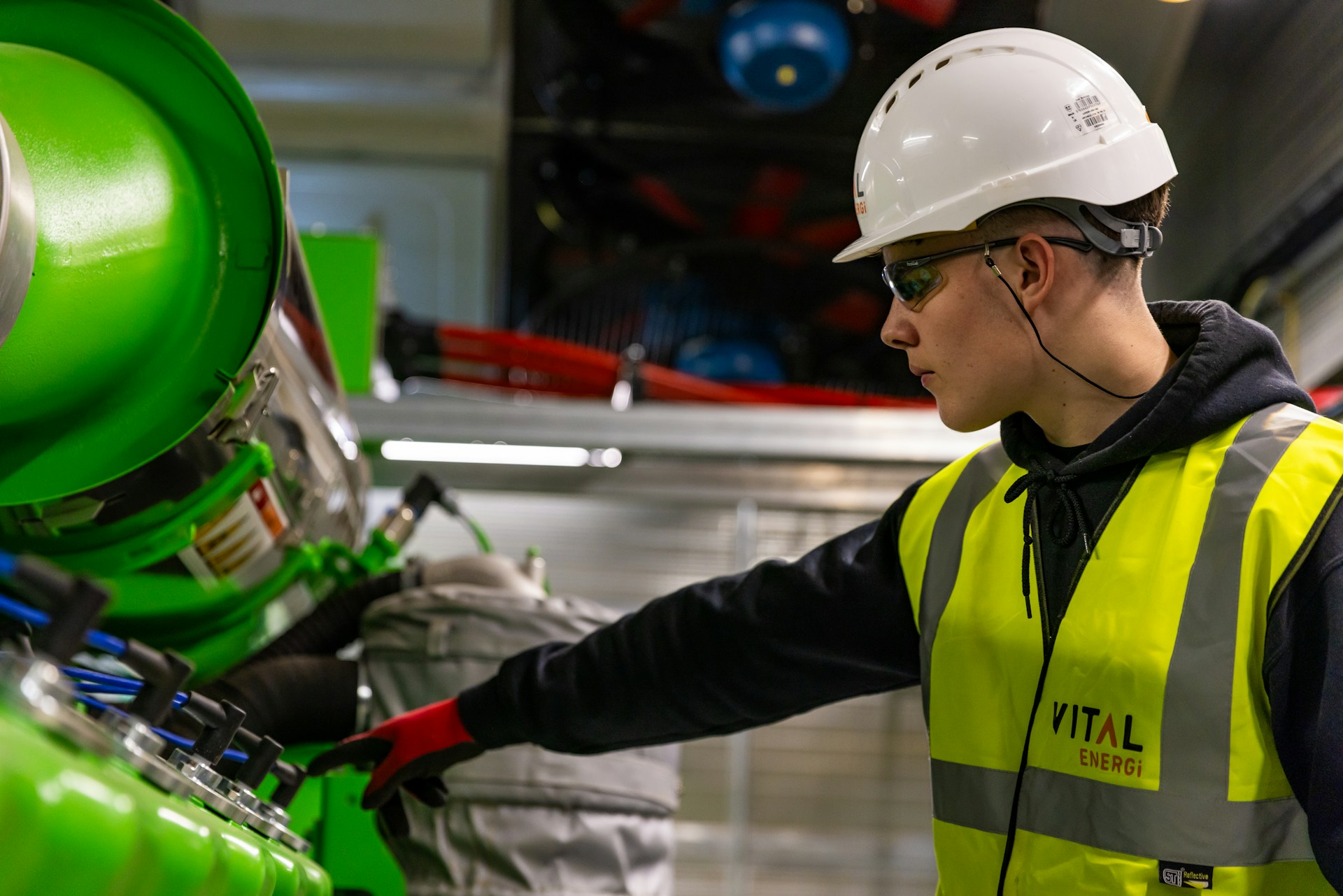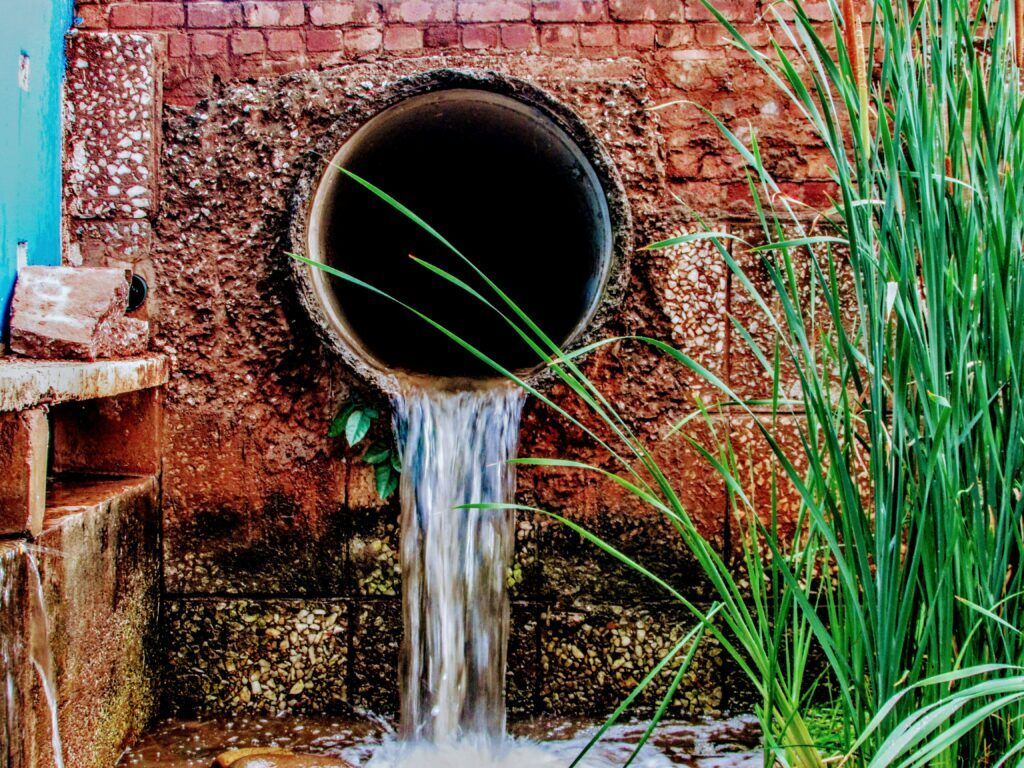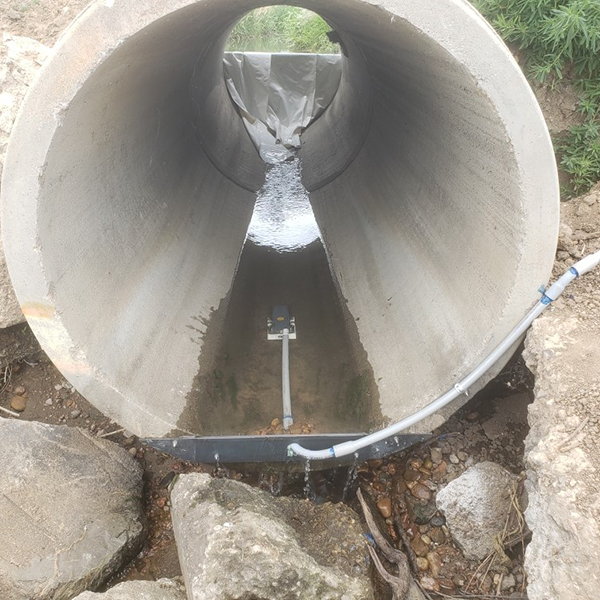Address
304 North Cardinal
St. Dorchester Center, MA 02124
Work Hours
Monday to Friday: 7AM - 7PM
Weekend: 10AM - 5PM
Address
304 North Cardinal
St. Dorchester Center, MA 02124
Work Hours
Monday to Friday: 7AM - 7PM
Weekend: 10AM - 5PM


The water and wastewater monitoring industry is undergoing a profound transformation, shifting from a traditionally reactive, compliance-driven sector to a proactive, data-centric, and resilient one.
Driven by aging infrastructure, climate change pressures, stringent regulations, and technological innovation, the outlook is for strong and sustained growth.
The future lies in intelligent networks, real-time data analytics, and integrated water management.
Aging Infrastructure: In many developed countries, water pipes and treatment plants are reaching the end of their lifespan, leading to significant water loss (non-revenue water) and pollution risks. Monitoring is critical for prioritizing repairs and investments.
Stringent Environmental Regulations: Governments worldwide are tightening regulations on pollutants (e.g., PFAS “forever chemicals,” microplastics, nutrient discharge). This forces utilities and industrial dischargers to adopt more advanced and frequent monitoring.
Water Scarcity & Stress: Climate change is causing droughts and uneven water distribution. Efficient water management, driven by accurate monitoring, is essential for conservation and allocation.
Public Health & Safety: High-profile crises (e.g., Flint, Michigan) have heightened public awareness of water quality. There is increasing demand for transparency and safety, from source to tap and back to the environment.
Industrial Growth & Compliance: Manufacturing, food & beverage, pharmaceuticals, and energy sectors are major water users and polluters. They are investing in monitoring to ensure compliance, reduce effluent costs, and improve sustainability metrics.


Digitalization and Smart Water Networks: The integration of IoT sensors, cloud computing, and Big Data is creating “smart” utilities. Sensors monitor pressure, flow, quality, and level in real-time across the distribution network.
Real-Time & Predictive Monitoring: Moving beyond periodic grab samples to continuous, online monitors. This allows for:
Predictive Maintenance: Identifying equipment failures or pipe bursts before they happen.
Early Warning Systems: Detecting contamination events (chemical, biological) instantly.
Process Optimization: Automating chemical dosing in treatment plants to improve efficiency and reduce costs.
The Rise of Advanced Analytics and AI: Data from sensors is useless without analysis. AI and machine learning algorithms are being used to:
Identify patterns and anomalies indicative of leaks or contamination.
Predict water demand and optimize pump schedules, saving energy.
Model treatment processes for better control.
Focus on Emerging Contaminants: There is a booming market for monitoring solutions targeting PFAS/PFOS, microplastics, pharmaceuticals, and endocrine-disrupting compounds. This requires advanced lab equipment (LC-MS/MS) and is pushing the boundaries of detection limits.
Decentralized & Distributed Monitoring: The growth of satellite monitoring, drone-based sampling, and portable field kits allows for broader spatial coverage and faster response to incidents like algal blooms or chemical spills.
By Technology:
Traditional/Lab-based (Mature but evolving): TOC analyzers, spectrophotometers, chromatographs (GC-MS, LC-MS). Growth here is driven by the need to detect emerging contaminants at ultra-low levels.
Online/Continuous (High Growth): Sensors for pH, turbidity, chlorine, conductivity, nitrate, and ammonium. This is the core of the smart water trend.
Portable & Field-based (Strong Growth): Handheld instruments and test kits for rapid on-site analysis, crucial for emergency response and field surveys.
By Application:
Wastewater Treatment (Largest Segment): Monitoring for process control, regulatory compliance (NPDES permits in the US), and resource recovery (e.g., measuring biogas, nutrient levels for recycling).
Drinking Water (High Priority): Monitoring from source water through treatment and distribution to ensure safety at the tap.
Environmental Water (Growing Rapidly): Monitoring rivers, lakes, and oceans for pollution, ecosystem health, and climate impact studies.
Industrial Process Water & Effluent: Essential for compliance and for industries to minimize their water footprint.
Data Management & Cybersecurity: The vast amount of data generated creates challenges in storage, integration, and interpretation. Furthermore, connected water systems are becoming a target for cyberattacks, requiring robust security protocols.
Skilled Labor Shortage: The industry faces a shortage of engineers, data scientists, and technicians who can operate and maintain these complex systems.
Fragmented Market & Standardization: The market has many small players, and a lack of universal data standards can hinder interoperability between different vendors’ equipment and software platforms.
Maintenance & Sensor Fouling: In harsh water/wastewater environments, sensors can foul or drift, requiring frequent calibration and maintenance to ensure data accuracy.
Predictive Analytics Becomes Mainstream: AI will move from a niche advantage to a standard operational tool for all major utilities, fundamentally changing asset management and risk mitigation.
The Business Model Shift: From Products to Solutions: Vendors will increasingly sell “Water-As-a-Service” or “Data-As-a-Service,” bundling sensors, software, and analytics into a single subscription, reducing the customer’s capital burden.
Increased Focus on Resource Recovery: Monitoring will be crucial for processes that recover energy (from biogas), nutrients (phosphorus, nitrogen), and even clean water itself from wastewater, turning treatment plants into “resource recovery facilities.”
Regulatory Push for PFAS and CECs: Regulations will continue to be a primary driver, creating massive demand for testing and monitoring technologies for a wider range of contaminants of emerging concern (CECs).
Consolidation and Partnerships: Expect mergers and acquisitions as large technology companies partner with or acquire traditional water instrumentation firms to create integrated offerings.
Conclusion
The outlook for the Water & Wastewater Monitoring industry is exceptionally positive. It is no longer just about compliance; it is about operational intelligence, financial savings, and environmental resilience. The companies and utilities that embrace digitalization, data analytics, and a proactive monitoring strategy will be best positioned to manage the critical water challenges of the 21st century. The industry is at an inflection point, poised for a decade of innovation and growth